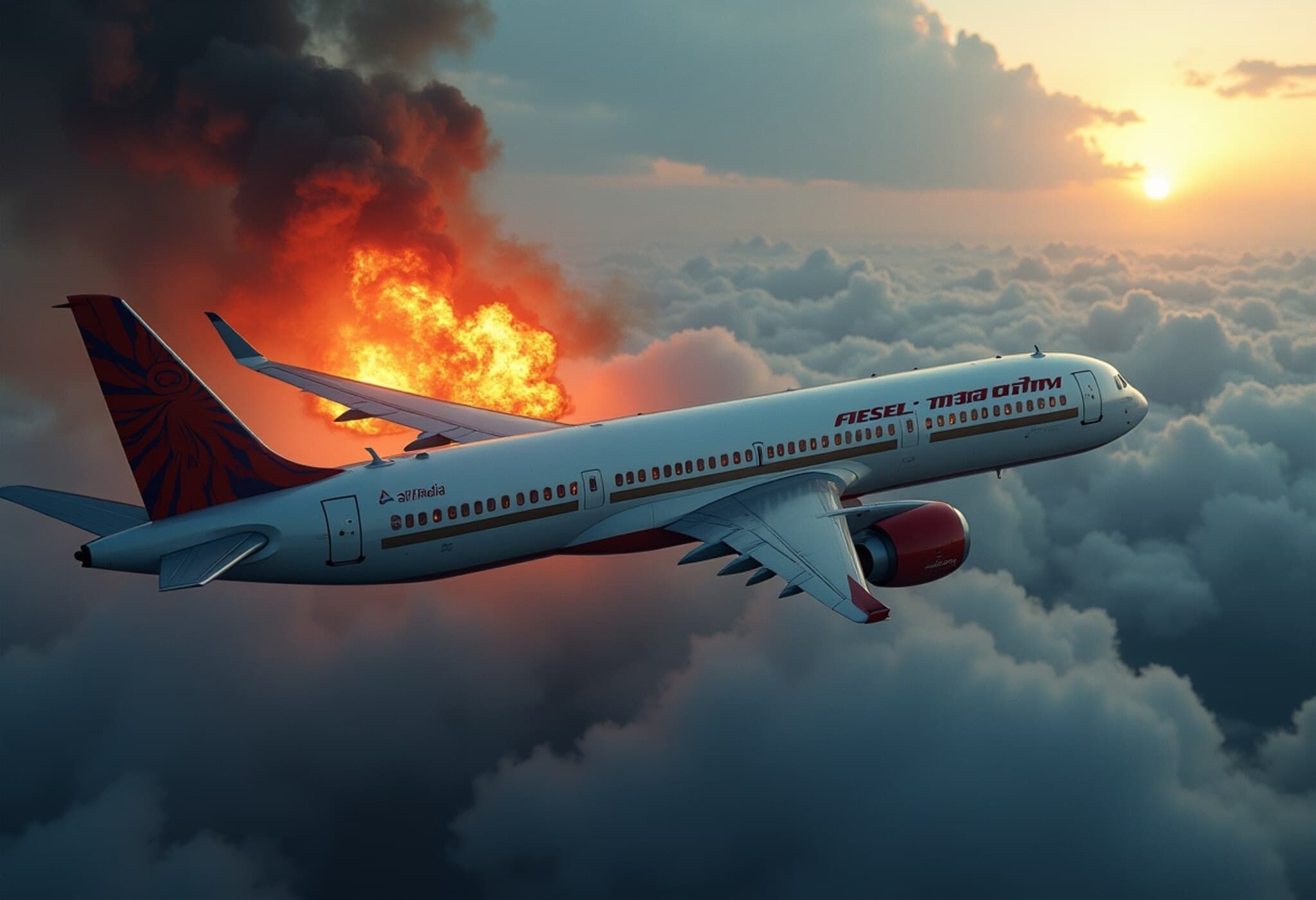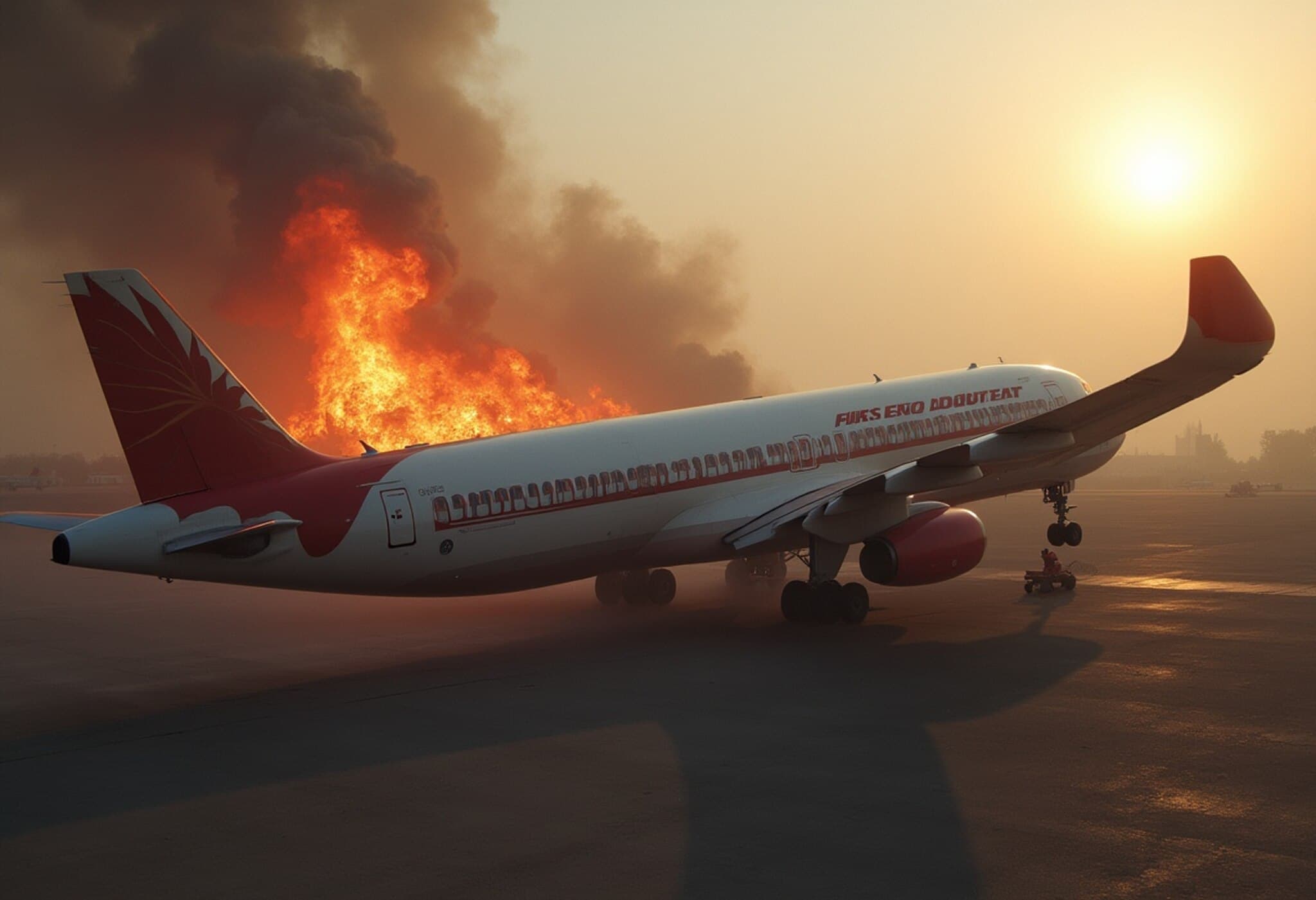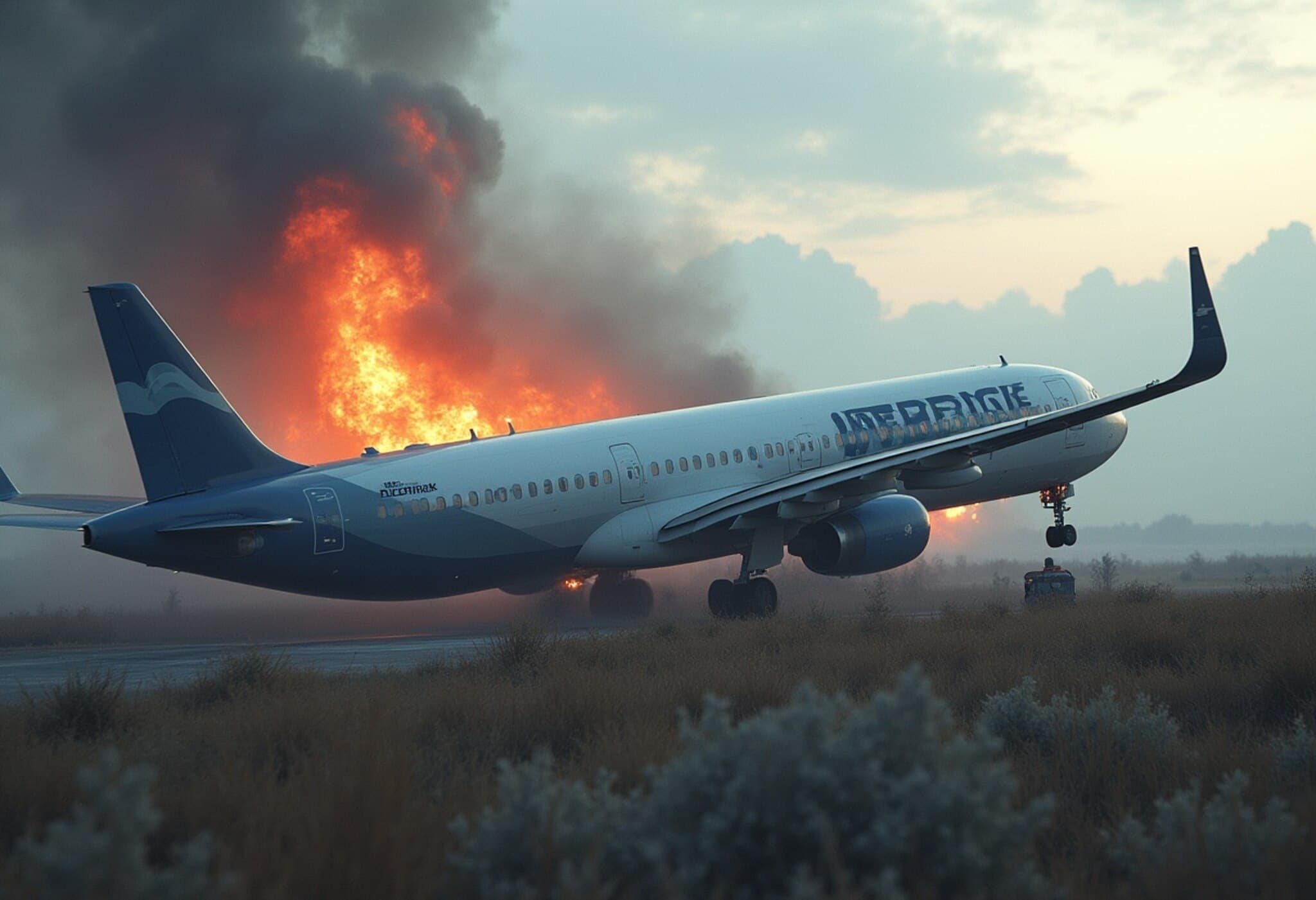Preliminary Findings Highlight Critical Fuel Switch Error in Air India Crash
A devastating tragedy unfolded shortly after an Air India flight took off, claiming the lives of 260 passengers and crew. According to a newly released preliminary investigation report, the accident was linked to the untimely interruption of fuel supply to both engines.
Fuel Supply to Engines Cut Off After Takeoff
The independent safety investigation has identified that the fuel switches controlling the plane’s two engines were inadvertently turned off just moments after the aircraft began its ascent. This sudden loss of fuel flow caused both engines to fail in midair, leaving the flight crew unable to regain power and ultimately resulting in the fatal crash.
Contextual Insights: How Could This Happen?
- Human error and procedural lapses: Aviation experts suggest that complex cockpit ergonomics or insufficient crew coordination may have led to the incorrect manipulation of the fuel controls.
- Possible system design vulnerabilities: This accident raises questions about whether aircraft systems provide adequate safeguards against accidental fuel cutoff.
- Training and operational protocols: The incident underscores the need for rigorous pilot training focused on emergency procedures and system management under stress.
Broader Implications for Aviation Safety and Policy
This tragedy is a solemn reminder of the intricate and unforgiving nature of aviation safety. In the United States and worldwide, regulatory agencies such as the FAA and ICAO emphasize the importance of human factors engineering—designing cockpits that minimize the risk of operator mistakes. The findings from this report might trigger a reevaluation of cockpit interface designs and safety checklists to prevent similar errors.
Experts Weigh In
Aviation safety analyst Dr. Marianne Clarke notes, "The inadvertent shutdown of both engines’ fuel supply is exceptionally rare but highlights how critical it is to have fail-safe mechanisms. This incident should prompt urgent reviews of both procedural training and technical safeguards in modern aircraft."
Unanswered Questions and Next Steps
- Did the flight crew receive any alerts warning of the fuel cutoff before the engines failed?
- Are current cockpit design standards adequate to protect against such mistakes, or is a redesign needed?
- What role did airline operational policies and culture play in this fatal oversight?
Authorities continue to investigate the full sequence of events, including black box data and cockpit voice recordings, to develop comprehensive recommendations aimed at preventing future tragedies.
Editor's Note
This heartbreaking incident shines a light on the critical intersection of human factors, technology design, and operational discipline in aviation safety. As we mourn the lives lost, the global aviation community faces the vital task of learning and evolving its safety paradigm. For passengers everywhere, understanding these risks underscores the delicate balance maintained behind the scenes in every flight we trust to carry us home.



















